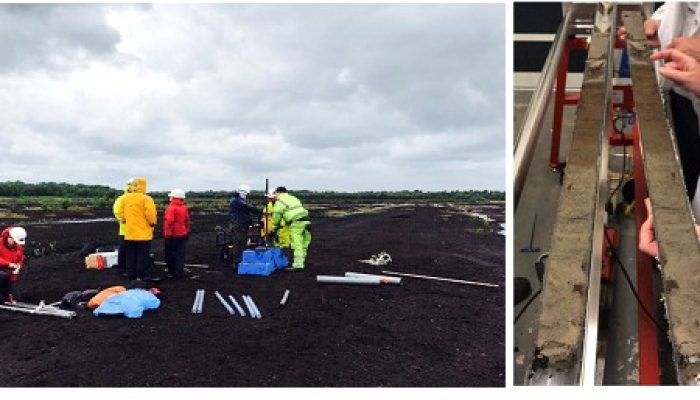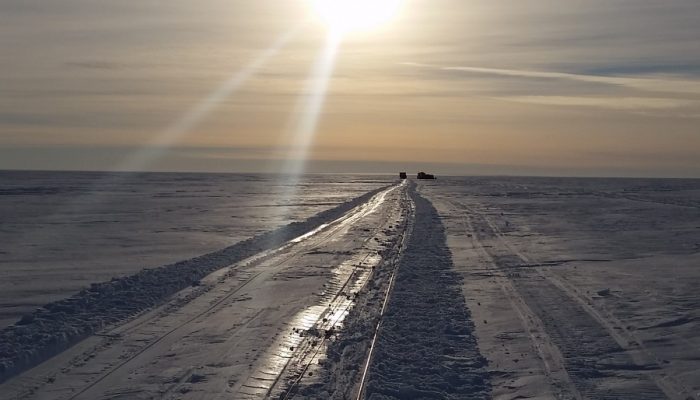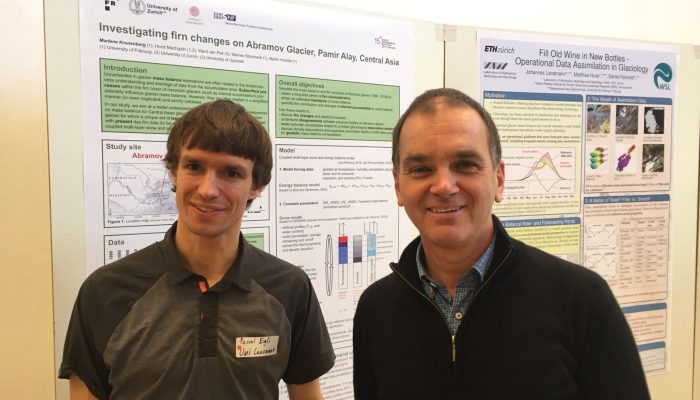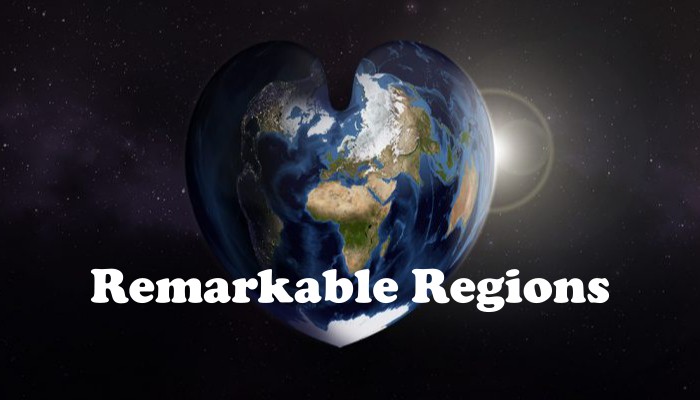Today we are happy to post our first interview and to thank our first interviewee, Paola Crippa for her contribution. The topic focuses on mortality from high concentration of particulate matter generated from widespread wildfires. This topic wants to be just the starting point to address another and broader theme: dealing with lack-of-data for research purposes in developing countries. This will ...[Read More]
Earth and Space Science Informatics
Good practice in the evaluation of researchers
A new statement on good practice in the evaluation of researchers and research programmes has been posted by three national academies (Académie des Sciences, Leopoldina and Royal Society). It states that “the use of bibliometric indicators for early career scientists must in particular be avoided. Such use will tend to push scientists who are building their career into wellestablished/fashio ...[Read More]
Seismology
New Early Career Scientist representatives wanted
The EGU seismology division is looking to elect a new enthusiastic team of early career scientist (ECS) representatives from the beginning of May. If you are a PhD or Postdoc, why not consider taking up this role? Why should you consider becoming an ECS representative? Producing innovative science is the first and foremost task of any early career scientist. However, this work is embedded in the s ...[Read More]
Geodynamics
Happy new year!
It’s 2018! Another year to finally publish that paper, finish your PhD, find a new job, finish that project, and be happy! The EGU Geodynamics Blog Team is looking forward to keep brightening your Wednesday mornings with the most interesting and funny blog posts. In this first post, we wish you all, of course, a happy new year! I wish everyone a very happy, productive, writing- ...[Read More]
Geodynamics
The fluid dynamics of wine
The Christmas holidays: the one time of year that you don’t need to think about work. Instead, you are focussed on your family (including the in-laws), the massive amount of food still left (a miscalculation every year), and you’re starting to think about your New Year’s resolutions (because we give it a try every year, right?). So, this is definitely not the time to go and read ...[Read More]
Climate: Past, Present & Future
Varves – Revealing the past layer by layer
Name of proxy Varved glacial lake sediments Type of record Sedimentological structures Paleoenvironment Ice marginal lake environments Period of time investigated Last Glacial Termination (LGT, c.21-14 thousands of years (ka)) to present times How do varves work? Proglacial lakes form in front of glaciers and act as sinks for water and sediment flowing from melting ice. Analyses of proglacial lake ...[Read More]
Cryospheric Sciences
Image of the Week – Vibrating Ice Shelf!
If you listen carefully to the Ekström ice shelf in Antarctica, a strange sound can be heard! The sound of a vibrating truck sending sounds waves into the ice. These sound waves are used to “look” through the ice and create a seismic profile of what lies beneath the ice surface. Read on to find out how the technique works and for a special Cryosphere Christmas message! What are we doing with this ...[Read More]
Natural Hazards
Doing and wandering of NhET at the EGU’s General Assembly
If you were wondering what a group of young scientists such as NhET does in its free time, this is the right post for you to read! In between doing exciting fieldwork on an active volcano, writing an inspiring paper on landslide monitoring and applying that complicated algorithm for the analysis of earthquake return times: we organize events at the EGU’s General Assembly (GA) targeting Early Caree ...[Read More]
Geomorphology
50% Professorship = More time for family and science
Annegret Larsen had the fantastic idea to encourage her colleague Pascal Egli, both from the University of Lausanne, to explore the nature of a shared professorship. Pascal took the chance and interviewed Professor Martin Hoelzle at the Swiss Geoscience meeting in November 2017. Professor Martin Hoelzle is a Geomorphologist/Glaciologist at University of Fribourg (Switzerland). He is also one of v ...[Read More]
Geodynamics
Remarkable Regions – The India-Asia collision zone
Every 8 weeks we turn our attention to a Remarkable Region that deserves a spot in the scientific limelight. This week we zoom in on a particular part of the eastern Tethys as Adina Pusok discusses the India-Asia collision zone. She is a postdoctoral researcher at the Institute of Geophysics and Planetary Physics, Scripps Institution of Oceanography, UCSD, US. Without doubt, one of the most striki ...[Read More]








